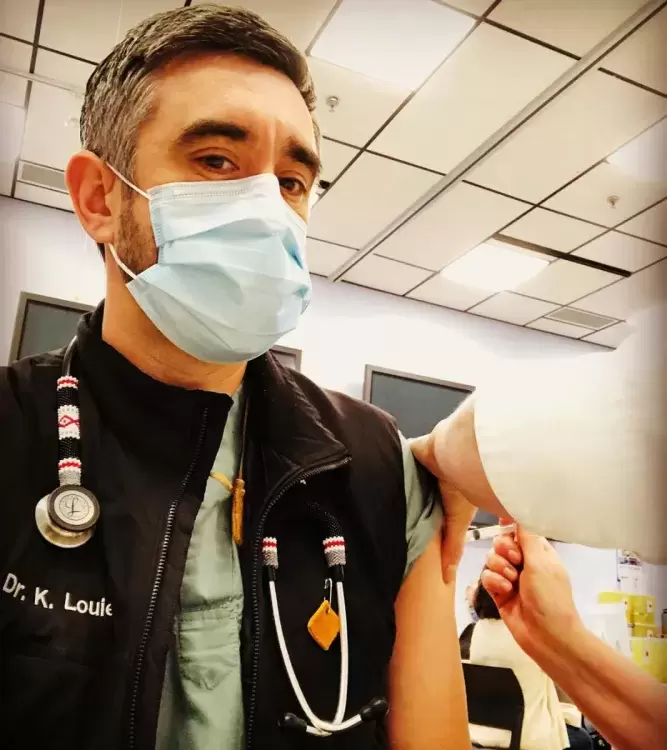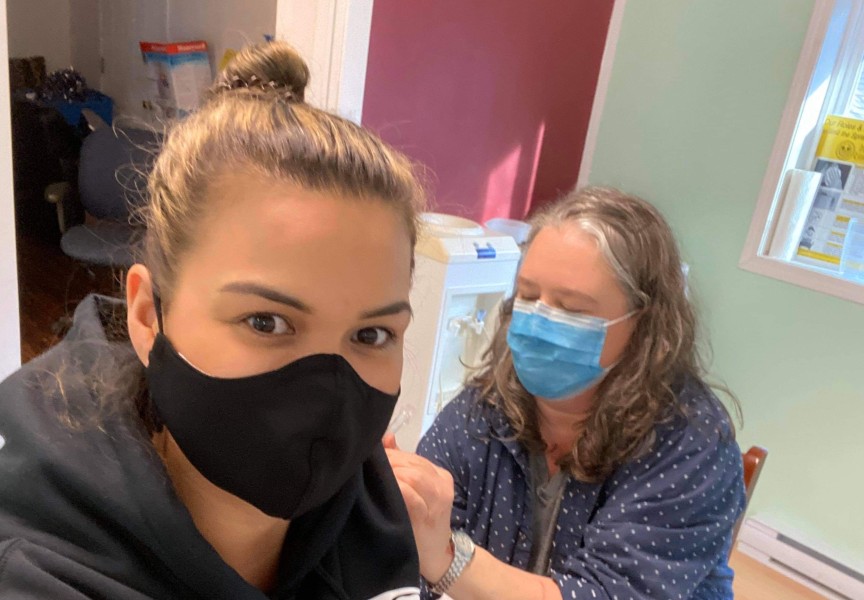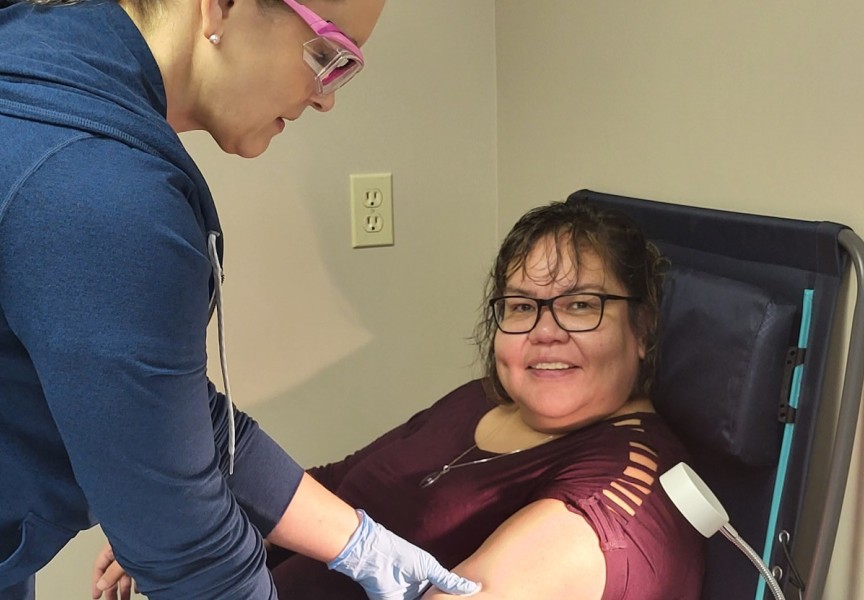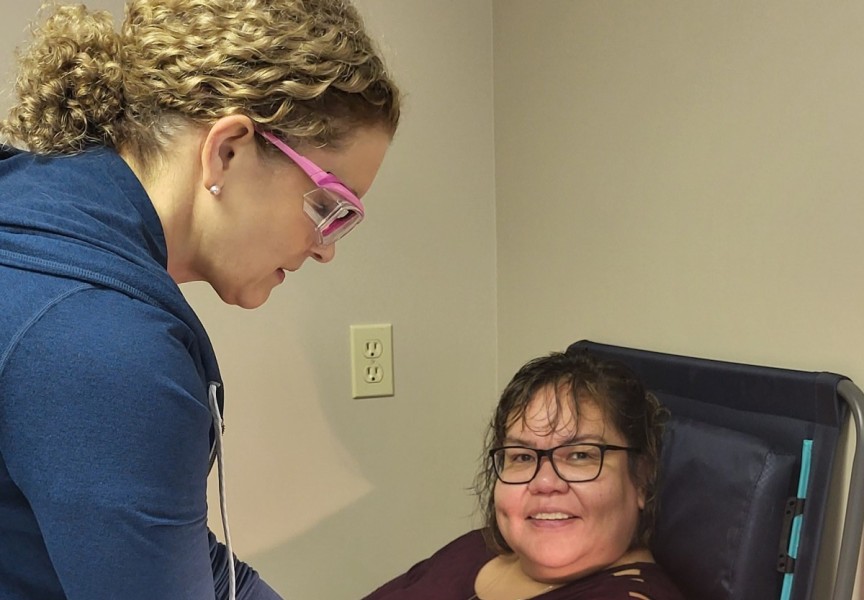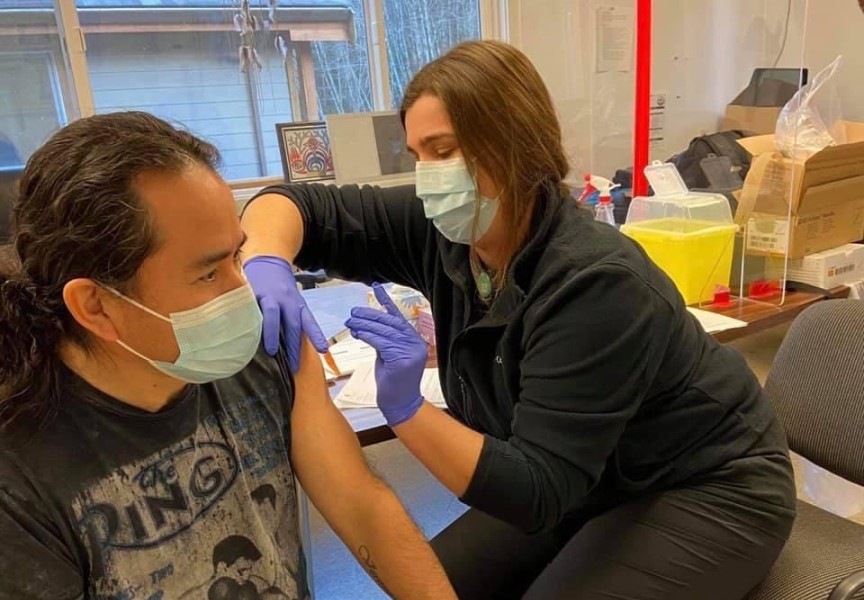The first month of vaccination programs are well underway in British Columbia with the province’s most vulnerable people receiving initial doses of Moderna or Pfizer vaccines, beginning in December 2020. But a shortage in the supply of vaccines to Canada is causing concern.
Canada receives its supply of Pfizer vaccine from Belgium. According to the Pfizer website, the company is working on ways to ramp up production to meet world-wide demand. They are making modifications at their facilities to deliver 2 billion doses by the end of 2021.
“There will be a temporary impact on some shipments until mid-February in order to quickly enable increased production volumes afterwards,” stated Pfizer, adding that delays will be resolved by the end of March.
In British Columbia, 144, 550 doses of vaccine have been received. As of Jan. 26, 122, 350 doses have been administered with 118,254 people receiving first dose and 4,104 receiving second dose.
Because of the shortage, the provincial government has delayed administration of the second dose to 42 days, which is the maximum number of time allotted by the World Health Organization. This will allow more people to receive first doses as the second wave of COVID-19 spreads across Canada.
Prime Minister Justin Trudeau said in a televised statement the federal government is working to secure six million doses of vaccine from both Pfizer and Moderna by the end of March.
The First Nations Health Authority states that the worldwide shortage of Pfizer vaccine may affect the start date of some vaccination clinics in B.C.’s First Nations communities.
“Health officials in B.C. are expecting a shortfall of approximately 60,000 doses of Pfizer's COVID-19 vaccine over the coming weeks,” stated FNHA. “The FNHA is continuing to work with our provincial and federal partners to prioritize available doses for First Nations communities, however there will likely be a delay.”
The number of COVID-19 cases in B.C. remains consistent with 407 new case on Jan. 26. On Vancouver Island there were 22 new cases reported on that day, with 210 active cases. Health officials are warning people to follow current orders even if they have received one or both doses of vaccine.
Provincial health restrictions are in place until Feb. 5, and may be extended. Everyone is reminded to avoid gatherings and that socialization must be limited to immediate household bubbles. People are reminded to practice physical distancing, washing your hands regularly and wearing a mask.
“We will not be able to stop these measures until most people have been vaccinated,” states the Province of B.C. website.
The province has set up a four-phase vaccination program for its residents. Phase 1 runs from December 2020 to February 2021. The following groups are eligible for vaccine:
- Residents and staff of long-term care facilities
- Individuals assessed for and awaiting long-term care
- Residents and staff of assisted living residences
- Essential visitors to long-term care facilities and assisted living residences
- Hospital health care workers who may provide care for COVID-19 patients in settings like Intensive Care Units, emergency departments, paramedics, medical units and surgical units
- Remote and isolated Indigenous communities
For Phase 2, from February to March 2021, the following groups will be eligible for vaccine:
- Seniors aged 80 and over who are not immunized in Phase 1
- Indigenous (First Nations, Métis and Inuit) seniors age 65 and over, additional Indigenous communities not immunized in Phase 1
- Hospital staff, community general practitioners (GPs) and medical specialists not immunized in
Phase 1 - Vulnerable populations living and working in select congregated settings
- Staff in community home support and nursing services for seniors
In Phase 3, from April to June 2021, the following groups will be eligible for vaccine:
- People aged 60 to 79
- People aged 16 to 69 with underlying health conditions who are extremely vulnerable, for example: organ transplant recipients, people with specific cancers, people who are taking immunosuppression drugs, people with severe respiratory conditions including cystic fibrosis, severe asthma and severe chronic obstructive pulmonary disease (COPD) and more.
Phase 4, runs from July to September 2021, and will cover the remainder of the population. Those between the ages of 55-59 will go first followed by the next five-year increment group going backwards to the final age group of 18 – 24-year-olds in September 2021.
Health official assure people that the vaccine is safe and encourage everyone that can to take the vaccine.
The first COVID-19 vaccines are called messenger RNA (mRNA) vaccines. RNA stands for ribonucleic acid, which is a molecule that provides cells with instructions for making proteins. These vaccines essentially teach our cells how to make copies of the coronavirus' spike protein that are harmless to us (do not cause disease), which triggers an immune response if we become infected with the virus.
The Pfizer and Moderna mRNA vaccines require two doses to be fully effective. The second dose is administered between 21 and 42 days after the first. The vaccines are about 70 per cent effective 14 days after the first dose and 95 per cent effective after the second dose.
As with any vaccine, the COVID-19 vaccines may not fully protect all those who receive them. Questions remain about how long immunity lasts and whether a vaccinated person can still transmit the disease. Research into these and other questions continues.
According to FNHA, Canada has agreements with several companies to receive enough doses in 2021 for the entire population. Vaccine supply is distributed by the Government of Canada and B.C. receives an allocated number of doses of vaccine on a weekly basis. The allocated amount is expected to increase throughout 2021.

